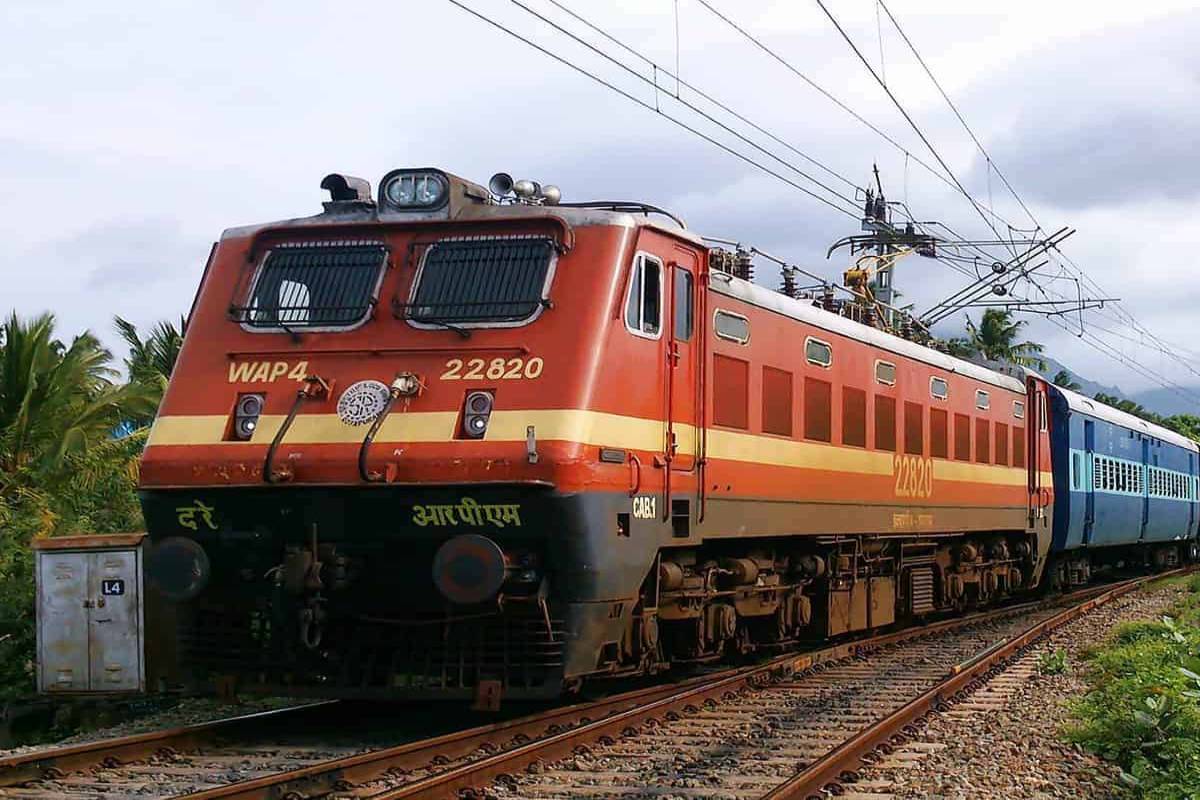With a view to avoid train accidents on the nation’s busiest and most regularly utilised rail routes, the Railway Board has approved installation of Kavach technology along 34,000 kilometre rail route.
The goal is to finish installing armour technology on the busiest train lines in the nation, Delhi-Howrah and Delhi-Mumbai, by March 2024.
Advertisement
The aforementioned information was provided by the Railway Board in the report that the Radha Mohan Singh-led Parliamentary Standing Committee on Railways delivered to Parliament on December 22. The committee expressed satisfaction with the development of the homegrown Kavach train accident prevention system in its report.
The committee was informed that the South Central Railway’s (1200 km) Bidar-Parli-Manmad-Secunderabad-Guntkal segment is being armoured.
In order to reduce train accidents, the committee has recommended installing Kavach technology on all the nation’s railway networks. The Railway Board responded by stating that the installation of armour technology on the Delhi-Mumbai and Delhi-Kolkata railway lines is progressing quickly.
A 272.30 crore budget line item has been set aside for the installation of armour technologies in 2022–2023 Kavach received a release of Rs 133 crore in the most recent fiscal year, 2021–22. The board reported that approval had been given for armouring the nation’s 34,000 kilometres of heavily used and congested railway routes. According to experts, this will cost more than Rs. 1.5 lakh crore in total.
Many different forms of technology have been included into the armour, according to a senior railway ministry official. It will have a Mobile Train Radio Communication (MTRC) technology that is LTE-based. The installation of a diagnostic and preventative system as well as an advanced maintenance system will allow for the detection of trains on the portion between two isolated, minor stations.
However, the Train Protection and Warning System (TPWS) will function primarily. In this, every signal will be seen on the screen that is mounted in the railway engine’s cab. On their screen, the pilots will be able to see how fast the train is moving ahead. In heavy fog, rain, and other poor weather, the speed of trains will remain constant. The unique feature of Kavach is that trains do not collide head-on using this method.
The unique feature of Kavach is that trains do not collide head-on or from behind while using this method. Kavach moves the train backwards automatically in such circumstances.
Trains’ average speed will increase while they are operating at full speed. The capacity of the track will rise along with the frequency. In other words, the track will stay empty and a way will be created to allow for the operation of more trains.











